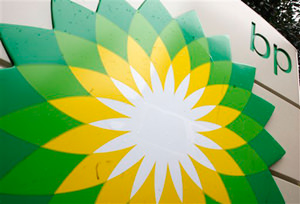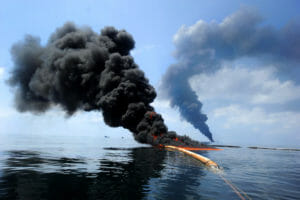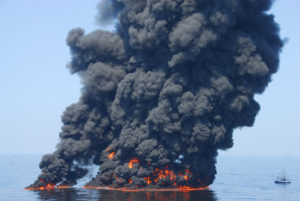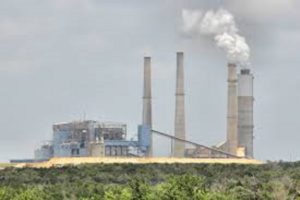BP Aims for Two-Pronged Plugging Action on Gulf Well
By this point, many American news consumers are way more up on the intricacies of oil well technology, and the emergency repair strategies associated with same, than they ever thought they'd be -- and the fun isn't over yet.
By this point, many American news consumers are way more up on the intricacies of oil well technology, and the emergency repair strategies associated with same, than they ever thought they’d be — and the fun isn’t over yet. BP has yet to seal the still-burbling Macondo well in the Gulf of Mexico, and the company is trotting out another plan of attack involving a couple of different steps and a great deal of mud. –KA
Your support matters…The Washington Post:
First comes what BP calls an injectivity test. Mud will be pumped into the well from a surface ship at a gentle rate of one barrel a minute, then two barrels a minute, then three, as engineers monitor pressures and look for signs that the rogue oil is being forced back into the source rock 2 1/2 miles below the seafloor.
“We want to confirm that we can inject the oil that’s in the well bore back into the reservoir,” BP Senior Vice President Kent Wells told reporters in a conference call Monday.
If all goes as hoped, BP will then go forward with the static kill, part of a double whammy of mud and cement that would hit the runaway Macondo well high and low in quick succession. The static kill starts at the top, firing the mud into the blowout preventer that sits on the wellhead. If the oil is crammed back into the reservoir, BP engineers and government scientists will then have to decide whether to follow the mud shot with a plug of cement.
Independent journalism is under threat and overshadowed by heavily funded mainstream media.
You can help level the playing field. Become a member.
Your tax-deductible contribution keeps us digging beneath the headlines to give you thought-provoking, investigative reporting and analysis that unearths what's really happening- without compromise.
Give today to support our courageous, independent journalists.





You need to be a supporter to comment.
There are currently no responses to this article.
Be the first to respond.